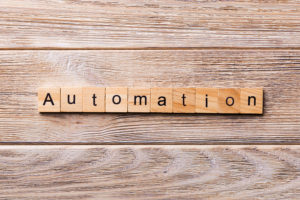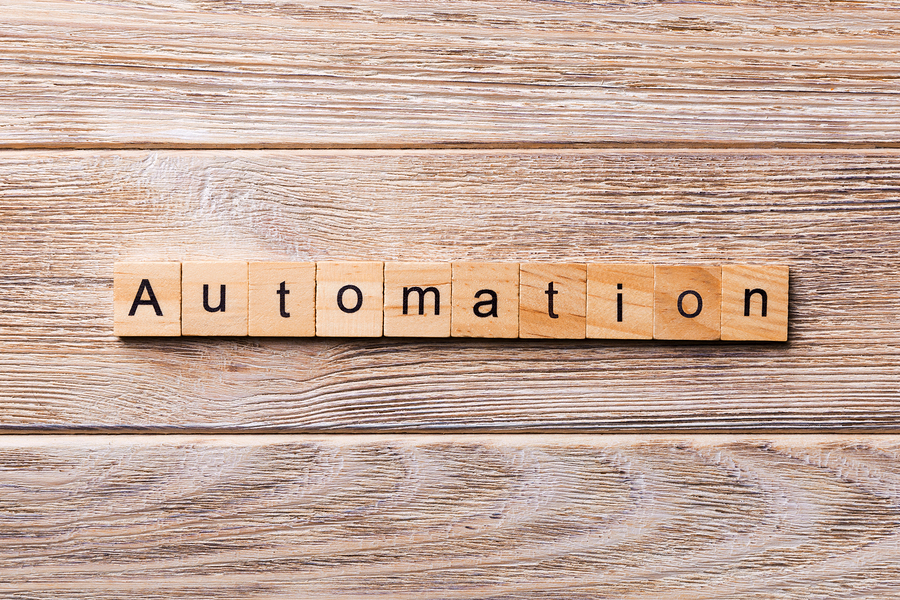 Automation isn’t as widespread in bakery processing as it is in other areas of food manufacturing.
Automation isn’t as widespread in bakery processing as it is in other areas of food manufacturing.
But, it’s making inroads. The need to increase production coupled with a shrinking workforce is encouraging bakery manufacturers to rethink their processes and integrate new technologies.
Moving from manual processes to automated ones represents a capital investment. Before you spend any money, you’ll want to make sure that investment will pay for itself in a reasonable amount of time and allow you to grow your profits over the long term. Whether you’re just starting with automation or currently use a semi-automated process, here are some places where you’ll get the most bang for your automation buck.
Dough ball dividing
Even small commercial bakeries can benefit from using a dough ball divider to portion dough. This piece of equipment can improve your process in three main ways:
- By increasing your throughput — machines work faster than people
- By ensuring consistency and reducing waste — machines cut accurate portions every time
- By decreasing the amount of handworking required — exact portions minimize the need for manual adjustments
Molding / forming / rounding
Similar to with dough ball dividing, molding, forming, and rounding machines can be beneficial for bakeries of all sizes. They not only decrease the amount that the dough is worked, but also ensure a consistent-looking product every time. Since people “eat first with their eyes,” a product’s appearance is a crucial factor in the purchasing decision.
Filling
Fillings (fruit for danishes, meat for Jamaican meat patties, etc.) are often the most expensive ingredients in a product. If you have someone regularly overfilling, even if it’s just a little bit each time, your ingredient costs can easily inflate. Filling machines portion fillings with a high level of accuracy, which keeps costs from getting out of control.
Folding / shaping
Folding and shaping dough is hard, repetitive work. There have been cases where OSHA has required processors to slow down their lines to prevent the workers performing these tasks from getting repetitive stress injuries. Automating this part of your process will help you meet your throughput goals and also ensure you stay off of OSHA’s radar.
Rack loading and unloading
Even many highly automated industrial bakeries still have people manually loading racks and rolling them into an oven. Then, when the baking is done, they have to retrieve the racks and manually unload them. This is a labor-intensive process that, depending on the size of the bakery, can require several employees. If you’re struggling to find and retain workers, automating this process will be a boon.
Depanning
Finally, like loading and unloading racks, depanning is a labor-intensive process that can easily be automated to reduce the number of operators needed along your line.
If you’re considering automating your operations, we can help. Contact us to find out how. In the meantime, here are a few articles where you can learn more:

